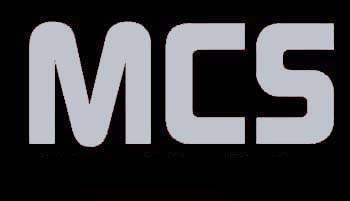
|
|
|
|
|
|
Classic Bikes
Custom Bikes
Individual
Racing Bikes AJP
AJS
Aprilia
Ariel
Avinton / Wakan
Bajaj
Benelli
Beta
Bimota
BMW
Brough Superior
BRP Cam-Am
BSA
Buell / EBR
Bultaco
Cagiva
Campagna
CCM
CF Moto
Combat Motors
Derbi
Deus
Ducati
Excelsior
GASGAS
Ghezzi Brian
Gilera
GIMA
Harley Davidson
Hero
Highland
Honda
Horex
Husaberg
Husqvarna
Hyosung
Indian
Jawa
Kawasaki
KTM
KYMCO
Laverda
Lazareth
Magni
Maico
Mash
Matchless
Mondial
Moto Guzzi
Moto Morini
MV Agusta
MZ / MuZ
NCR
Norton
NSU
Paton
Peugeot
Piaggio
Revival Cycles
Roland Sands
Royal Enfield
Sachs
Sherco
Sunbeam
Suzuki
SWM
SYM
Triumph
TVS
Ural
Velocette
Vespa
Victory
Vincent
VOR
Voxan
Vyrus
Walt Siegl
Walz
Wrenchmonkees
Wunderlich
XTR / Radical
Yamaha
Zero
Video
Technical
Complete Manufacturer List
|
Yamaha XVS 1100 A Drag Star Classic
Yamaha's 1100 Drag Star replaced the firm's long-running 1100 Virago in 1998. Styled like its smaller 650 namesake, the 1100 used the Virago's V-twin engine, but with a restyled low-rider chassis. The rear end looks like a hard tail chopper design, but has a hidden monoshock swingarm and shaft final drive. Conventional front forks are kicked out to give radical chopper looks, and a narrow 46cm (18in) front wheel is mounted with twin front discs and double piston brake calipers. The seat is low and combines with the pullback handlebars and forward footpegs to create a traditional chopper riding position. There's little protection from the wind though, and the wide bars aggravate the wind blast on the rider's chest.
Motorcycle Road Test: Yamaha V-Star 1100 Custom
As with 650cc V-Stars, the 1100 uses a unique exposed drive shaft. The
single-shock rear-suspension design keeps the back end clean but it is hard to
adjust.
IN BRIEF
|
|
|
Any corrections or more information on these motorcycles will be kindly appreciated. |